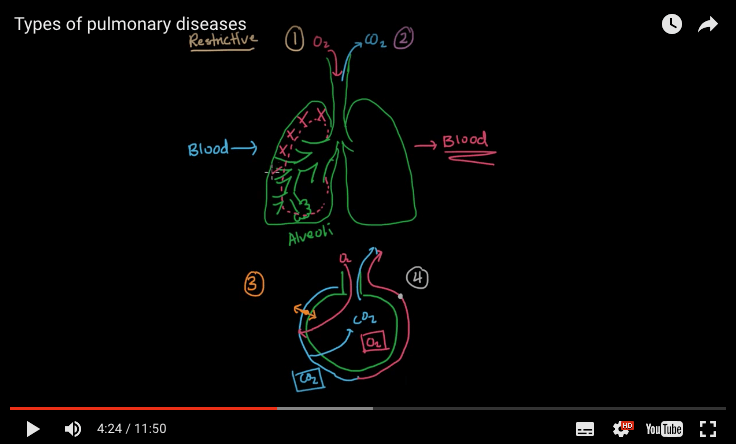Pulmonary Diseases 101: Understand the Different Types

Understanding pulmonary diseases is often difficult, even for patients or loved ones of those who suffer from the condition. In this video, the breathing process and why it is necessary for the body is explained, as well as details about the different types of problems that may occur in this important process for the body, leading to diseases such as pulmonary hypertension.
As described in the video, which resulted from a collaboration between the American Association of Colleges of Nursing and the Khan Academy, and shared on the Khan Academy Youtube channel, the job of our lungs is to oxygenate the blood, by collecting oxygen from the atmosphere and exchanging it for carbon dioxide – a process that occurs in air sacs in the lungs called the alveoli.
Oxygen not entering the lungs, carbon dioxide not being released, difficulties with the exchange of gases, or problems with the blood supply to the alveoli are four of the biggest types of problems that may occur. These also refer to the four different types of lung diseases: restrictive, obstructive, ventilation and perfusion problems. Pulmonary hypertension is an incurable and life-threatening disease characterized by high blood pressure in the lung arteries.
Pulmonary hypertension is diagnosed when the blood vessels responsible for transporting blood from the heart to the lungs become narrowed and obstructed, causing the heart to work harder to pump the blood properly. There are different types of pulmonary hypertension and the most commonly used classification for the disease is the one defined by the World Health Organization, which divides the disease into groups and classes.
Pulmonary Hypertension News is strictly a news and information website about the disease. It does not provide medical advice, diagnosis or treatment. This content is not intended to be a substitute for professional medical advice, diagnosis, or treatment. Always seek the advice of your physician or other qualified health provider with any questions you may have regarding a medical condition. Never disregard professional medical advice or delay in seeking it because of something you have read on this website.







